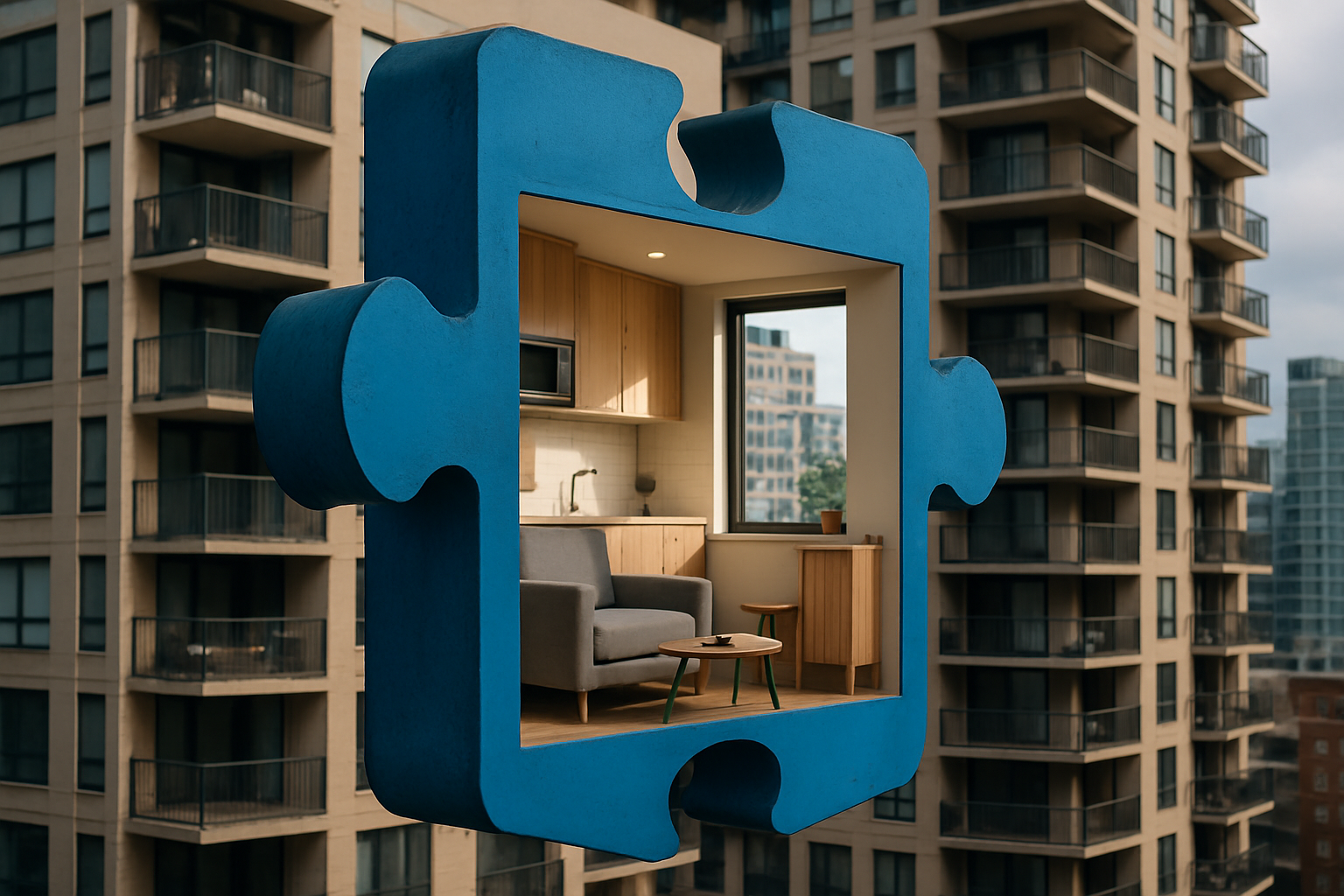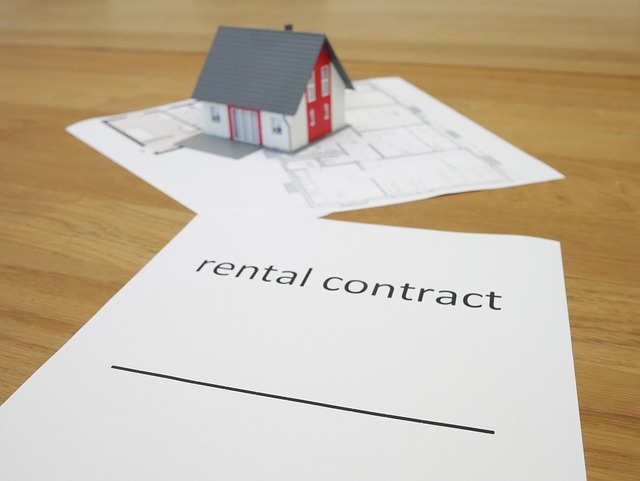Find rental apartments in your city – conveniently online
The search for a rental apartment can start simply when relevant portals allow sorting by location, size, number of rooms, and price. Listings include furnished and unfurnished apartments, usually with clear details on utilities (additional costs) and lease duration. Photos, floor plans, and contact information make decisions and viewings easier.

What information belongs in a complete rental listing?
A comprehensive rental listing should include all essential details that potential tenants need to make an informed decision. First and foremost, accurate pricing information is crucial, including the monthly rent amount, security deposit requirements, and any additional fees such as utilities or maintenance costs. Property specifications should detail the number of bedrooms and bathrooms, total square footage, floor level, and available parking options.
High-quality photographs are non-negotiable in modern rental listings. These should showcase every room from multiple angles, common areas, exterior views, and any notable features like balconies or updated appliances. Increasingly, virtual 3D tours have become standard for providing an immersive viewing experience.
The listing should also clearly state important policies such as pet restrictions, smoking rules, lease length options, and specific move-in requirements. Additionally, property management contact information, application procedures, and availability dates round out what constitutes a truly complete rental listing in today’s competitive market.
How to filter rental listings online by budget and location?
Navigating through numerous online rental listings becomes manageable with effective filtering tools. Most rental websites and applications provide robust search capabilities that allow you to narrow options based on your specific criteria. Begin by setting your budget parameters—both minimum and maximum rent amounts—to ensure you only view properties within your financial means.
Location filtering is equally important and can be approached in several ways. You can search by specific neighborhoods, zip codes, or by drawing boundaries on interactive maps. Many platforms allow you to set a radius search from a particular point of interest, such as your workplace or a preferred school district. This feature is particularly valuable for maintaining reasonable commute times.
Advanced filtering options further refine your search based on property features. These typically include bedrooms and bathrooms, apartment size, amenities (like in-unit laundry, dishwashers, or air conditioning), and building facilities such as fitness centers, pools, or doorman services. Some platforms even allow filtering based on lease terms, pet policies, or availability dates, ensuring you only spend time reviewing listings that match your specific requirements.
Why proximity to infrastructure is relevant for tenants?
Proximity to infrastructure significantly impacts daily living quality and represents a crucial consideration for prospective tenants. Transportation accessibility ranks among the most important factors—being near public transit options, major roadways, or bike paths can dramatically reduce commute times and transportation costs, directly affecting quality of life and household budgets.
Educational infrastructure proximity matters greatly for families with children. Living near quality schools, libraries, and educational centers provides convenience and potentially better educational outcomes. Similarly, healthcare accessibility becomes essential when considering proximity to hospitals, clinics, and pharmacies, especially for residents with ongoing medical needs or older adults.
Everyday amenities also constitute important infrastructure considerations. Access to grocery stores, restaurants, parks, fitness facilities, and entertainment venues enriches daily living experiences. Additionally, community infrastructure such as community centers, public spaces, and cultural institutions contributes to neighborhood vibrancy and social engagement opportunities. When evaluating rental apartments, considering the surrounding infrastructure ecosystem helps ensure that your new home supports your lifestyle needs beyond just the physical living space itself.
Finding trustworthy rental listings online
With numerous online platforms offering rental listings, distinguishing legitimate opportunities from potential scams requires vigilance. Established rental websites and applications typically verify their listings and property managers, providing a layer of security for apartment seekers. These platforms often include reviews from previous tenants, offering insights into both the property and management quality.
Property management company websites represent another reliable source for rental listings. These official channels typically feature current availability, accurate pricing, and professionally verified information. Many allow you to schedule viewings or submit applications directly through their platforms.
When evaluating listings, watch for warning signs of potential scams, including prices significantly below market rates, requests for wire transfers or security deposits before viewing the property, or listings with limited photos and vague descriptions. Legitimate listings typically provide comprehensive information, clear communication channels, and transparent application processes. Taking time to research both the property and the listing source helps ensure a smooth rental experience from search to move-in.
Using virtual tours and digital tools efficiently
The evolution of virtual touring technologies has transformed apartment hunting, particularly beneficial for remote searches or when time constraints prevent in-person visits. High-quality virtual tours come in several formats, including 360-degree panoramic views, video walkthroughs, or interactive 3D models that allow you to navigate through spaces at your own pace.
To maximize virtual tour effectiveness, pay attention to practical details like room dimensions, natural lighting at different times of day, storage options, and the condition of appliances and fixtures. Take screenshots of features you want to remember or compare between properties. While virtual tools provide convenience, they should complement rather than completely replace physical visits when possible.
Additional digital resources enhance the apartment hunting experience. Interactive neighborhood maps show proximity to amenities and transportation. Building review platforms offer insights from current or previous tenants about management responsiveness, noise levels, and maintenance quality. Some advanced platforms even provide noise level estimates, crime statistics, or walkability scores for specific addresses, helping you develop a comprehensive understanding of potential living environments before making commitments.
Conclusion
Finding rental apartments online has evolved into a sophisticated process that empowers tenants with information and options. Complete listings, effective filtering tools, infrastructure considerations, trustworthy platforms, and virtual tour technologies collectively create a more transparent and efficient rental market. By leveraging these digital resources effectively, prospective tenants can make confident decisions about their next home while saving time and reducing the stress traditionally associated with apartment hunting. The online rental marketplace continues to innovate, making the journey to finding your ideal apartment increasingly accessible and convenient.




